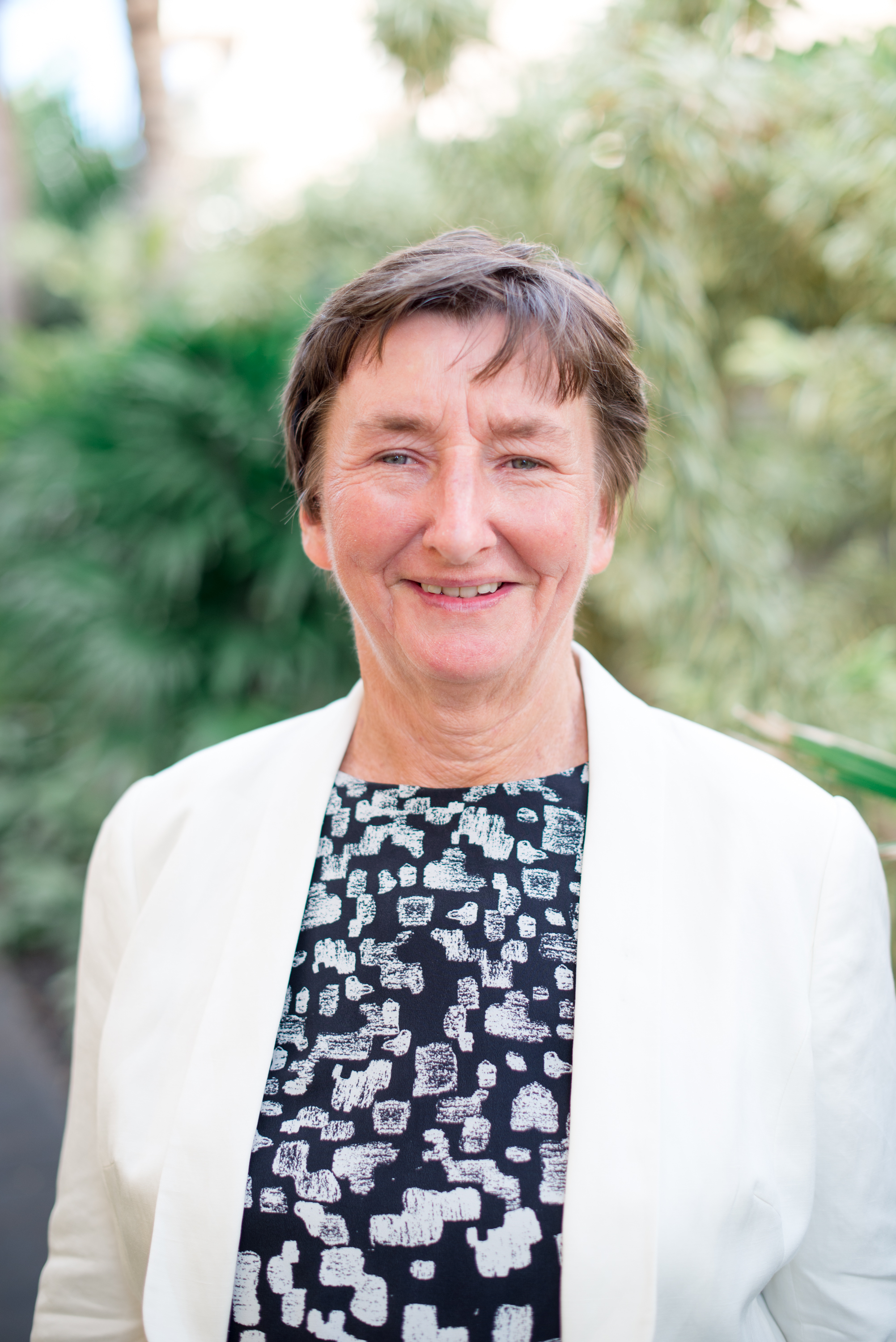The 2024 International Kimberlite Conference (July 8-12) begins today in North America's Diamond Capital.
It is a fitting place to hold the renowned scientific conference that will, this year, salute 30-years of Diamonds in Canada” while celebrating its own 50th anniversary.
The five-day Yellowknife event will be the 12th such gathering since its debut in Cape Town in 1973. This is only the second time that the globe-trotting conference has touched down in Canada.

Barbara Scott Smith is one of eight geologists who have attended all of the International Kimberlite Conferences (IKC) and is the Executive Lead for the Yellowknife edition. She says what makes the gatherings stand out is the symbiosis between academia and industry.
“Over the years, it has been wildly successful and the amount of science that has come out of that relationship between industry and academia is quite remarkable,“ she notes.
Five themes, each with a distinguished keynote speaker – will shape the 2024 event. The Yellowknife conference will also feature a showcase of Indigenous participation in the NWT diamond industry.
A primary feature of all IKCs are the field trips held before and after the conference.
“Trips to the diamond mines themselves are a real attraction and have proven to be the most popular,” Scott Smith says. “This is the Slave Craton. The oldest rocks in the world have been found here going back four billion years. You can also see geologically recent glacial influences which are pretty much unique to the NWT and Canada.”
While the delegates are predominantly geological scientists, their interests vary from diamonds and their kimberlite hosts, specifically, to the broad geological environments in which they are found.
When kimberlite was discovered in Canada in the Fort à la Corne district, Saskatchewan, it was found, on examination, to be different from kimberlite first identified in South Africa’s Kimberley city, for which the host rock was named.
Dr. Scott Smith was among those that first identified the distinction.
“I remember thinking OMG, this is nothing like we’ve seen before,” she recalls.
The NWT has both types of kimberlite. For delegates attending the Yellowknife conference, there will be an opportunity to contrast and compare kimberlite types first-hand.
“It’s a ridiculous opportunity,” Scott Smith says.
John Ketchum, a former Director of the NWT Geological Survey will serve as the Convenor for the conference. He hopes the conference’s field trips, short courses, panel discussions, social events, and tourism opportunities will provide delegates with a strong understanding of the role and impacts of diamond exploration and mining within the NWT.
Scott Smith and Ketchum are hopeful that a reunion of the NWT’s diamond pioneers Charles Fipke, Stu Blusson and Gren Thomas can also be part of the festivities.